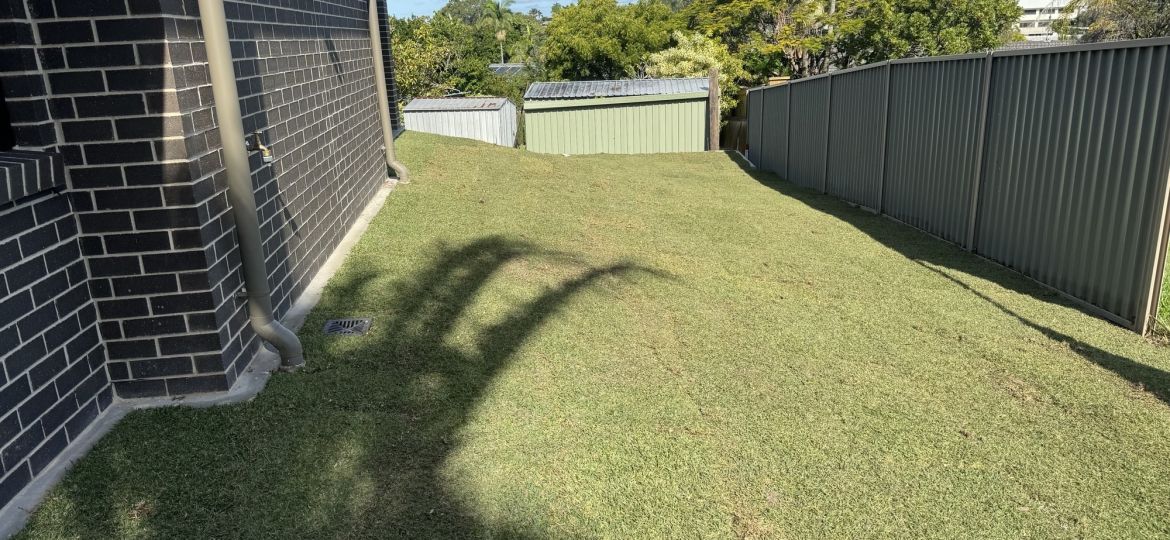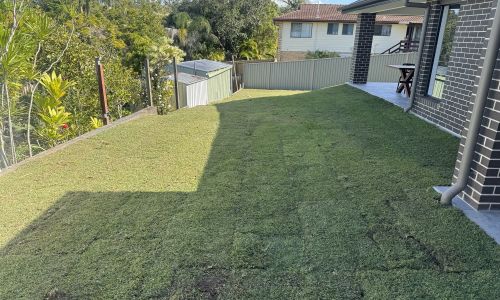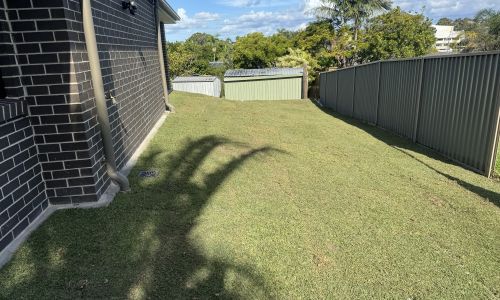
Laying turf in Winter
Installing grass in winter in Queensland may seem counterintuitive, but it can be a great idea for homeowners who want to give their outdoor spaces a head start for the warmer months ahead. The cooler temperatures and gentle rainfall of winter make it an ideal time to establish new grass, as the soil is still warm from the previous summer and the grass will have a better chance to root and establish itself before the intense heat of summer sets in.
Additionally, the cooler months is typically a slower period for landscaping contractors, which means you may be able to get your job done more quickly. With proper care and maintenance, your newly laid grass will be ready to thrive when the weather warms up, providing a lush and green oasis for you and your family to enjoy all year round.


One of the biggest advantages of laying grass in winter is that the soil is usually cooler and more stable, making it easier to work with and reducing the risk of weed growth. Additionally, in the cooler months, grass is typically less prone to drought stress, as the cooler temperatures and occasional rainfall mean that the soil will retain moisture better.
However, it’s still important to prepare the ground properly before installing the grass, including removing any debris or weeds, loosening the soil to a depth of 12-15 inches, and applying a layer of compost or fertiliser to improve drainage and promote healthy growth. With proper preparation and care, your winter-laid grass can thrive and provide a lush, green lawn for years to come.
Maintaining turf in winter in Queensland requires careful attention to ensure it remains healthy and looking its best. During the cooler months, it’s essential to reduce mowing frequency, as the grass grows more slowly. Fertilise with a balanced fertiliser to promote healthy growth, and apply a wetting agent to improve water penetration. Avoid overwatering, as this can lead to fungal diseases and root rot. Aerate the soil every 4-6 weeks to improve drainage and reduce soil compaction.
Check out our guides below to help with your new grass project:
5 Tips to Prepare for New Natural Grass
3 Tips to Maintaining Natural Grass




